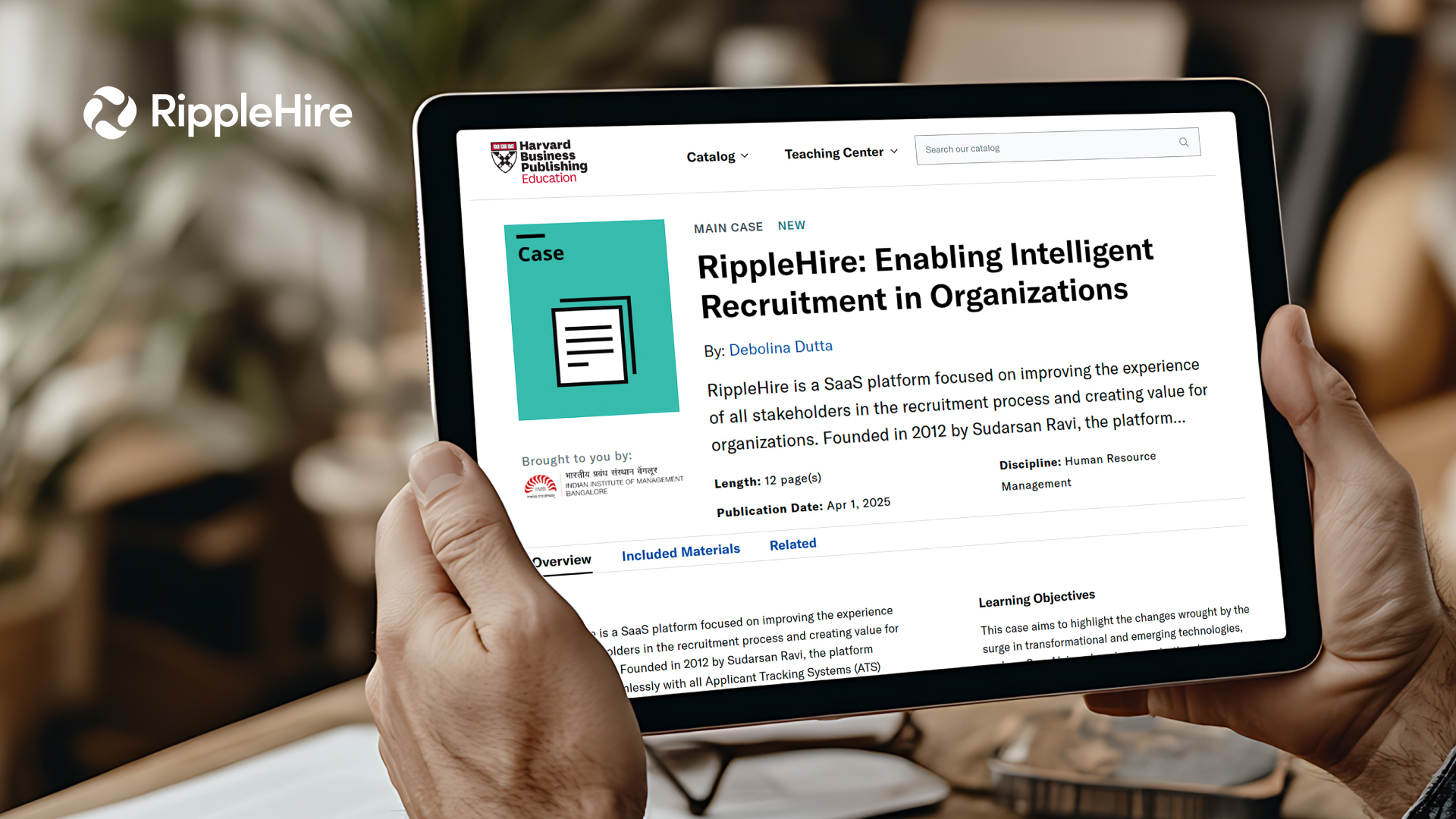Money is a limited motivator when it comes to the employee referral program. It is a nice way to say ‘thank you’ to the employee. But, it’s not the foundation on which employee referral programs are built. A lot of organisations find this surprising.
‘Google got better at referrals but the financial incentives had nothing to do with it,’’ cites Google’s hiring chief Laszlo Bock in his book Work Rules: Insights from inside Google. He goes on to say when Google doubled its referral bonus from $2000 to $4000, it didn’t help at all. People made referrals because they liked working at the company, not because they were hunting bonuses.
Similarly, when GoDaddy cut the size of its referral bonus by two-thirds from $3,000 to $1,000 and it saw an increase in the number of employee referrals.
Disbursing referral bonus as cash loses its incentive value. ‘The desire to help a friend’, is the number one motivator in an employee referral program.
Referral Alternatives to cash
Leveraging intrinsic motivators like recognition, competition and cause can help you drive a strong and vibrant referral program.
1) Appreciation, social recognition, and praise
Recognition is one of the most underutilised facets of an employee referral program. Many organisations conduct all-hands meetings, project-based reviews, or department-based reviews.
Use these arenas to feature the employee, who brought in quality talent. Let them be seen as a valuable contributor during such occasions.
Alternatively, the CEO or a business leader can send personal appreciative notes for the best-referring employee highlighting the impact and their alignment towards organizational goals. Such recognitions act as a very strong motivator making it aspirational for everyone in the organisation.
2) Leveraging competition
Who doesn’t love a competition? Especially, when it’s at your workplace. An organisation contains several types of individuals.
Running a quick competition amongst your employees (teams or individuals) pumps the adrenalin up in your referral program. Recognising the winners with unique experiential rewards motivates employees to participate in the referral program.
One of our clients, Mphasis, married CSR and IPL with their referral programs making it not just a huge success but also ended up winning a gold medal in the prestigious Brandon Hall Group HCM excellence award.
Competition is a wonderful motivator that makes the employee referral program more fun and time-bound. It gives you the ability to fire up participation for hard to fill positions.
3) Cause or a Donation – Giving what an employee wants
Attaching a cause to your employee referral programs have a greater impact. Western cultures marry a lot of cause towards their referral programs like running a marathon or donating to a charity or nonprofits.
Leveraging cause in an employee referral program is an easy way to get people connected to a higher order focus. You can simply marry the referral program to your CSR foundation and its budget. The employee gets the satisfaction of contributing to a developmental activity.
You can even bring in diversity hiring as Epsilon did. They sponsored the education of a girl child for every woman candidate hired.
Wrap up
Employee referrals need not always run on money. It can target many intrinsic factors to bring great perspective and vibrancy to the program. If you have done any such campaigns that use non-monetary motivators, please do let us know. I would love to hear your thoughts.
FAQs: Non-Monetary Motivators in Employee Referral Programs
1. Is money the most effective motivator in an employee referral program?
No. While monetary rewards are a nice way to say thank you, they are not the primary driver of referrals. Most employees refer because they genuinely want to help a friend or believe in the company they work for.
2. What are the top motivators for employee referrals apart from money?
The top intrinsic motivators include:
-
The desire to help a friend
-
Social recognition and appreciation
-
Workplace competitions
-
Supporting a cause or social impact through referrals
3. Are there real-world examples of companies reducing referral bonuses and still increasing referrals?
Yes. Google doubled its referral bonus and saw no increase in referrals. GoDaddy reduced its bonus by two-thirds and saw an uptick in referral volume, proving that intrinsic motivators matter more than cash.
4. How can recognition drive referral participation?
Public praise in town halls, personal notes from leaders, and internal shoutouts make employees feel valued. Recognition taps into employees’ need for appreciation and strengthens their connection with the company.
5. What kind of competitions work well for referral programs?
Team-based or individual referral challenges, with fun experiential rewards or CSR tie-ins (e.g., matching donations, IPL tickets, etc.), work exceptionally well to energize participation.
6. How does aligning referrals with a cause boost effectiveness?
When referrals support a larger purpose—like sponsoring education, supporting nonprofits, or diversity hiring—it builds emotional involvement and encourages employees to participate out of personal conviction, not just incentive.
7. Can non-monetary programs work for hard-to-fill roles?
Yes. Introducing time-bound campaigns with non-cash motivators like competition, leaderboards, or cause-driven rewards can spike activity and help fill niche roles faster.
8. Is there a way to combine both monetary and non-monetary motivators?
Absolutely. Many companies find success with hybrid models where a base monetary reward is supplemented with recognition or purpose-based programs. This appeals to a wider spectrum of employees.
9. What’s the long-term impact of non-monetary referral programs?
They help build a referral culture that is sustainable, emotionally engaging, and less transactional—creating long-term value for the organization without inflating hiring costs.









